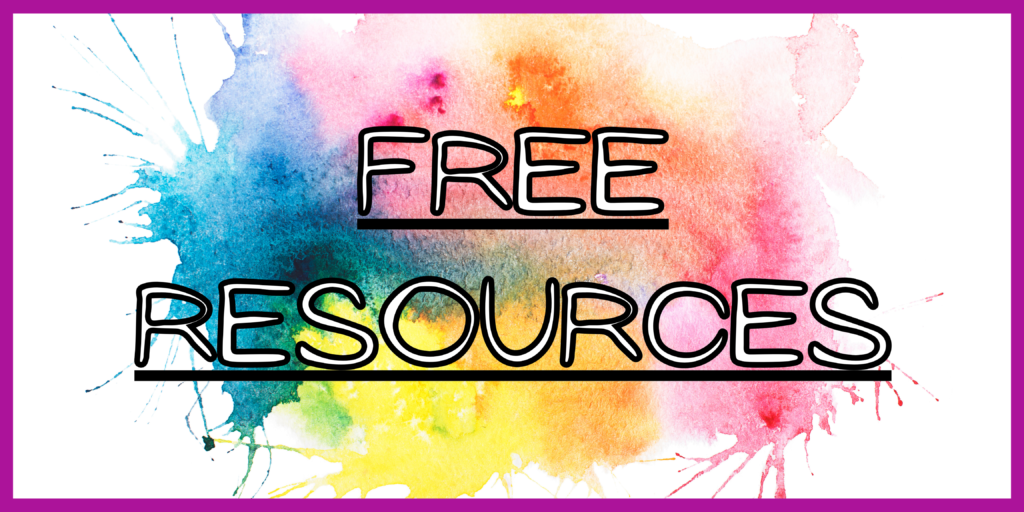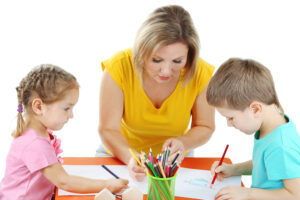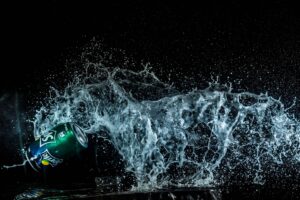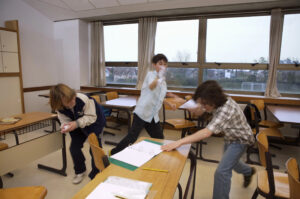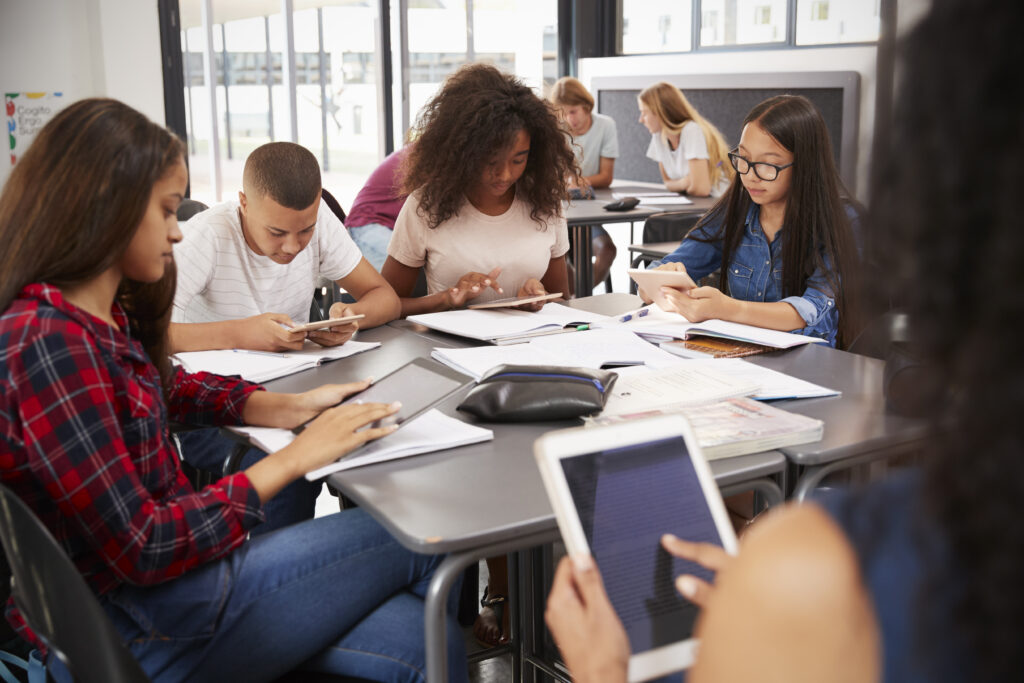
Social-emotional learning (SEL) is an essential component of education today. Many students face challenges managing their emotions, handling stress, and using effective coping strategies, which can impact their ability to focus, participate, and learn effectively. SEL equips students with the tools they need to understand their emotions, build positive relationships, and develop empathy—all of which are critical for their success in both school and life. Students who feel safe, regulated, and have positive connections with their teachers are more prepared to learn in school.
Why SEL Matters in the Classroom
When students have a solid foundation in SEL, they’re better able to regulate their emotions, make thoughtful decisions, and interact positively with others. This leads to fewer classroom disruptions, improved focus, and a stronger sense of classroom community. By incorporating SEL into the school day, teachers can support not only academic achievement but also students’ social and emotional well-being.
A Comprehensive SEL Resource for Educators
For those seeking structured tools to support SEL, my Calm Down Corner Reflection Worksheets & SEL Activities Triggers & Coping Skills resource is designed specifically to help students navigate emotions, learn calming techniques, and develop effective coping skills. This resource includes visual aids, behavior reflection sheets, and differentiated worksheets tailored for various grade levels. It’s easy to integrate into classroom routines, counseling sessions, or even a designated calm-down corner, making it a versatile addition to any SEL toolkit.

You can get a sample of what is included in this free resource. It includes a soda can activity as a hands-on way to teach students about managing emotions and preventing emotional “explosions.” Each student identifies a trigger while shaking the can, building up tension like emotions can build up throughout the day. By sharing calming strategies and tapping the can, students learn how to defuse stress before it overflows, making this a memorable and practical lesson for self-regulation.
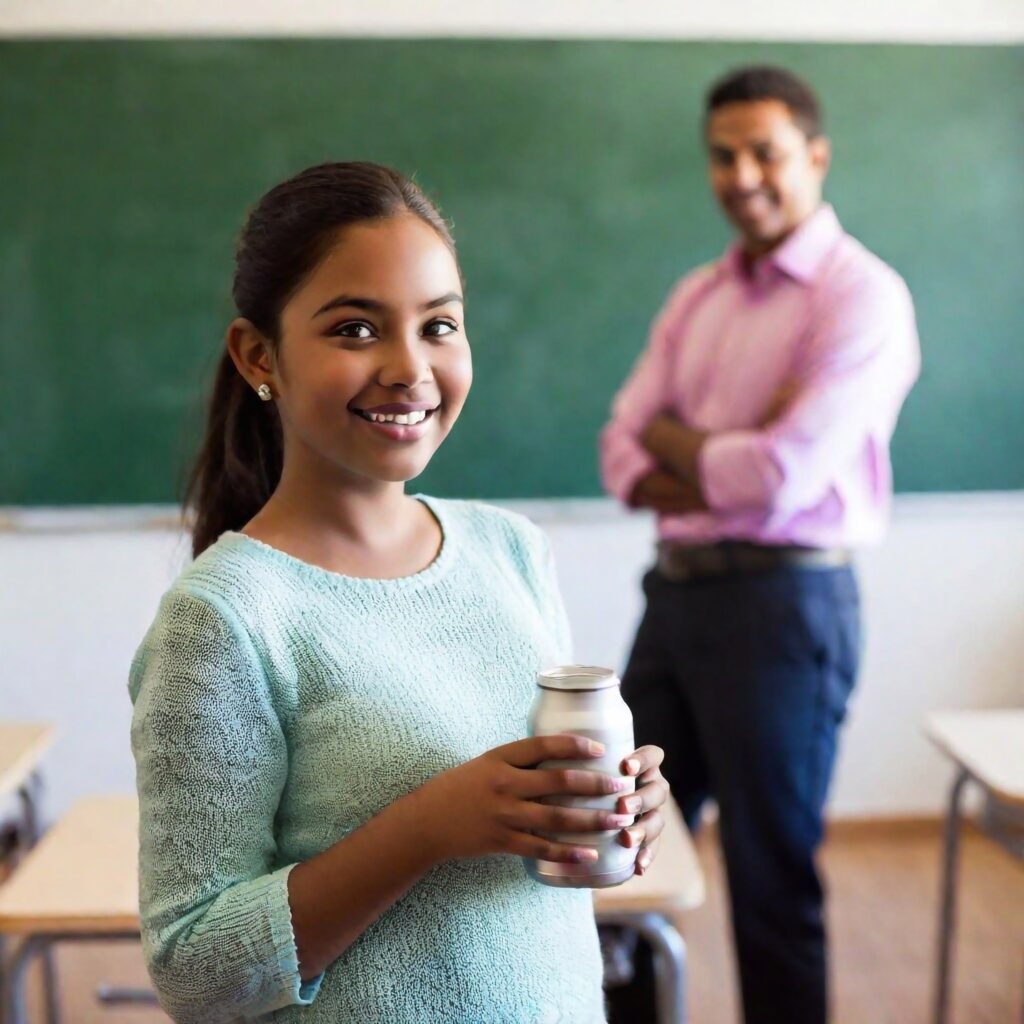

Engaging SEL Activities for the Classroom
In addition to structured resources, many simple, effective SEL activities can be integrated into the classroom to help students develop these essential skills. Here are a few ways to incorporate SEL into the school day:
- Daily Check-Ins: Start the day with a quick check-in, where students can express how they’re feeling and identify any potential challenges. This can be as simple as a “feelings board” where they mark their emotions.
- Mindful Breathing Exercises: Set aside a few minutes each day for students to practice deep breathing. Mindful breathing helps students calm down and focus, making it an ideal strategy for self-regulation.
- Emotion Charades: Use charades to help students identify and express emotions. This is a fun activity that helps them recognize various emotions and understand how to communicate their feelings.
- Calm-Down Corners: Designate a quiet space in the classroom for students to retreat to when they need a moment to regulate their emotions. Provide calming tools, visuals, and SEL resources to help them manage stress.
- Gratitude Journals: Encourage students to write down things they’re grateful for. Practicing gratitude fosters positivity and can be especially helpful in building resilience.
- Role-Playing Scenarios: Role-playing common social situations helps students build empathy and problem-solving skills. This could include practicing taking turns, handling frustration, or working through a disagreement.
Creating a Supportive Environment with SEL
Integrating social-emotional learning activities into the classroom helps create a supportive, safe, and positive learning environment. As students learn to understand and manage their emotions, they contribute to a classroom atmosphere that values kindness, respect, and open communication. With both structured resources and simple daily practices, teachers can make a lasting impact on their students’ emotional development and overall success.
SEL is more than a set of activities—it’s a powerful way to support students in becoming resilient, empathetic, and self-aware individuals. By prioritizing SEL, teachers help lay the foundation for both academic success and lifelong well-being.
If you are looking for more, check out the social-emotional learning activities in my TpT store.



About the Author
I am a Certified Occupational Therapy Assistant (COTA) and have been working in a public school system for more than 25 years. My resources can be found on TPT, BOOM Learning, Made by Teachers, Classful, and Your Therapy Source. I appreciate your interest wherever you wish to shop.
My mission is to help you find creative ideas to incorporate fine motor, visual perception, gross motor, and social-emotional learning into your lessons.
I hope you consider signing up for my Free Resource Library with your Email. I send out emails about once a week and share resources, tips, and planning ideas for your classroom or occupational therapy needs. Hopefully, these help your students work on building their skills in a fun and engaging way.
